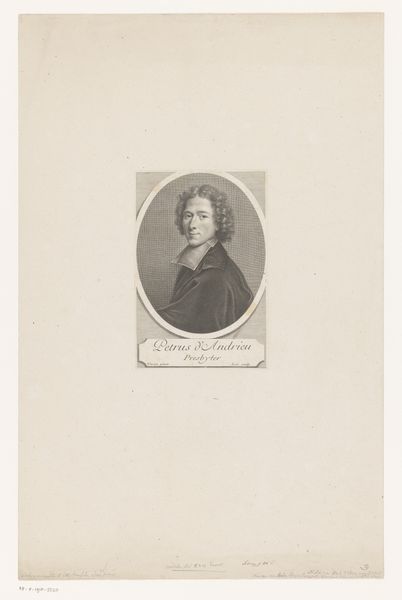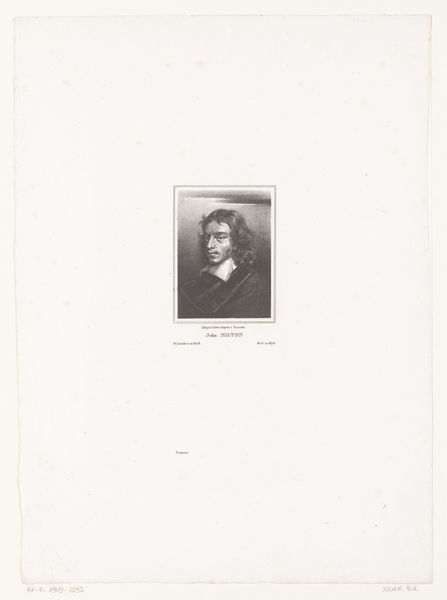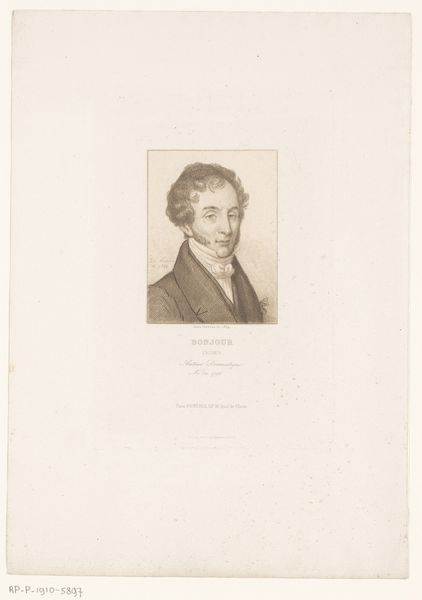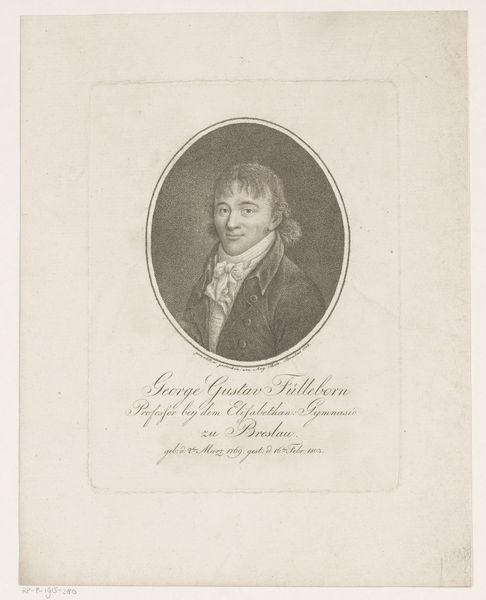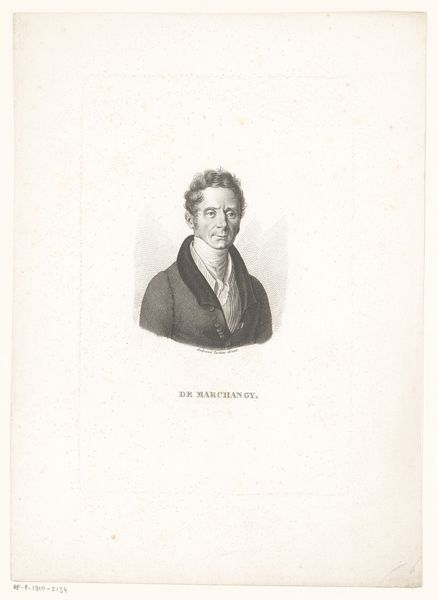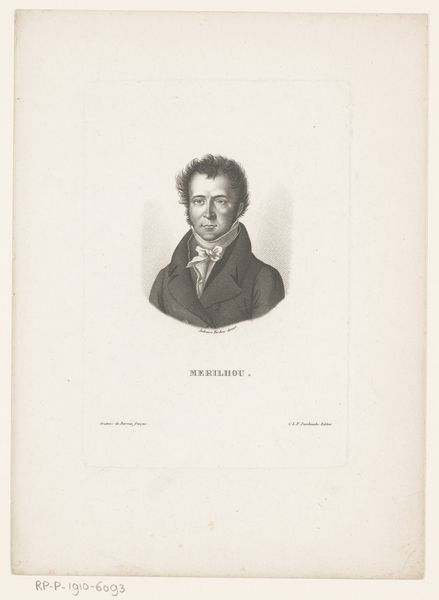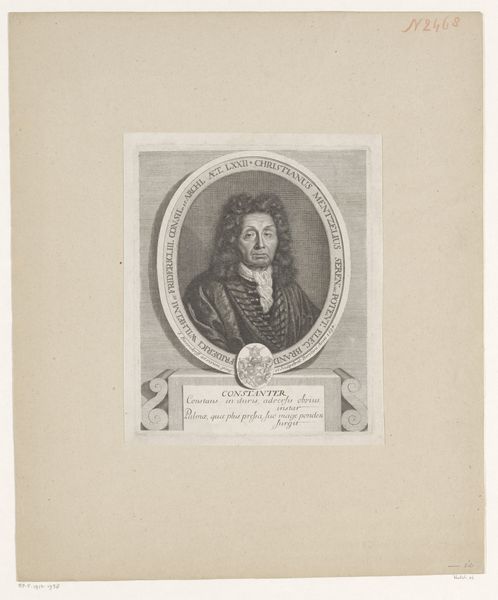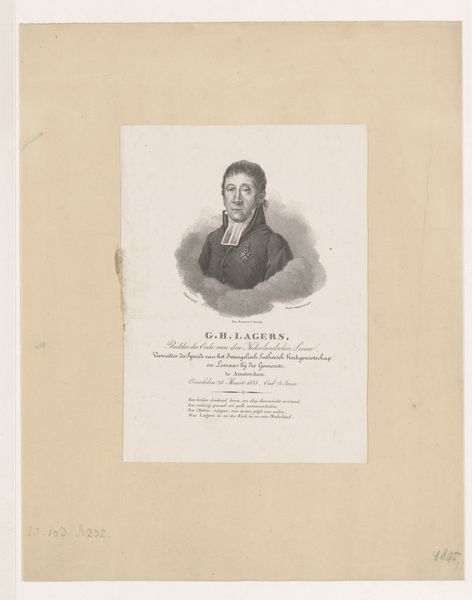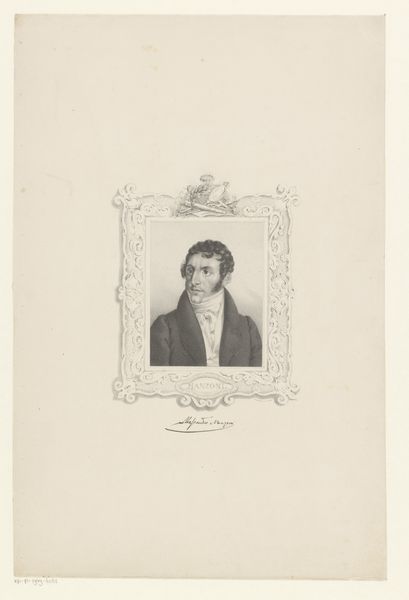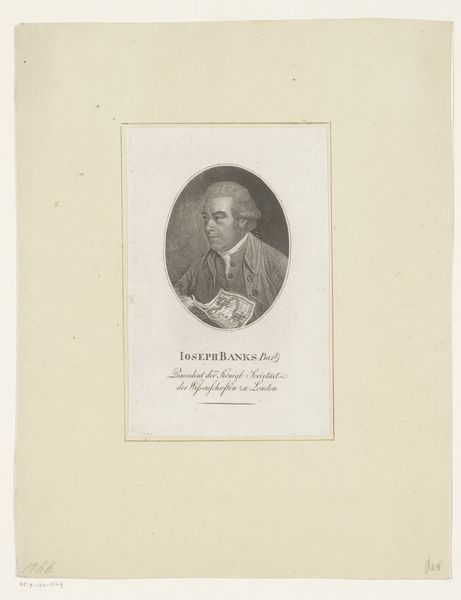
print, engraving
#
portrait
#
neoclacissism
# print
#
old engraving style
#
engraving
Dimensions: height 171 mm, height 120 mm
Copyright: Rijks Museum: Open Domain
Editor: This is a portrait of Adam Jerzy Czartoryski, made sometime between 1829 and 1840. It’s an engraving. It's interesting how stiff the subject looks. What can you tell me about the context of this piece? Curator: Well, given the date and the subject, it speaks volumes about the cultural landscape of the time. Czartoryski was a Polish statesman deeply involved in the fight for Polish independence. The "stiffness," as you call it, is intentional. It evokes Neoclassicism, a style employed to associate the subject with notions of civic virtue and moral rectitude. Do you notice how the print, as a medium, affects the accessibility of this image? Editor: It definitely feels more reproducible, not like a unique, precious painting that only one person could see. So it served a more public purpose? Curator: Precisely! Think about it: prints could circulate widely, propagating a certain image of Czartoryski—as a leader, as a symbol of Polish identity. How do you think this visual representation contributed to his political influence, considering Poland's complex situation in that era? Editor: I see. It's a way of solidifying and promoting a certain idea about him, controlling the narrative through a mass medium, making him relatable as an advocate. The very act of printing itself becomes a statement of political agency, right? Curator: Absolutely. This portrait serves as a form of public art, influencing how he was perceived. And the interesting part is it's designed to build a legacy through dissemination. Editor: I never considered how printmaking could be so intrinsically linked to the subject’s political ambitions. This was so insightful! Curator: And for me, it's been refreshing to see you connect visual style with political and historical implications.



